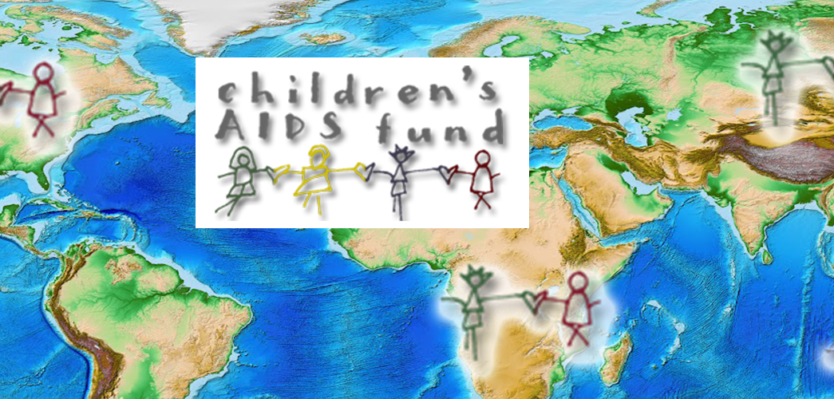
The Mother and Child Project
 In the last year 287,000 women around the world lost their lives from complications in pregnancy or childbirth. Because of today’s medical expertise and understanding of how to mitigate health challenges, all of these lives were needlessly lost.
In the last year 287,000 women around the world lost their lives from complications in pregnancy or childbirth. Because of today’s medical expertise and understanding of how to mitigate health challenges, all of these lives were needlessly lost.
Today, an important book is released that discusses the critical issues of mother and child health in an attempt to save the lives of both mothers and children globally.
The Mother and Child Project is a compilation of essays from more than 40 writers, including CAF founders Shepherd and Anita Smith, all focused on why Americans –particularly the faith community—needs to care about these statistics.
In her preface, Melinda Gates writes “[M]y teachers are the women—mothers and wives, daughters and sisters—I meet when I travel to developing countries. The stories they share are rooted in universal values and aspirations that connect all people—the ability to provide for our families and offer our children a better future.”
The good news is that we know how to prevent these needless tragic deaths. The challenge is to choose to do so.
The book explores all aspects of the ability of women to plan the timing and spacing of their pregnancies, and the critical need for access to pre-and post-natal medical care. This is a complex issue involving many faith and cultural traditions. As one faith leader in Ethiopia said, “Unknowingly, people say family planning is a sin. What is a sin is if you can’t feed your children or send them to school.”
“In our more than 25 years of working in HIV/AIDS care and treatment we have learned that no health condition exists in a vacuum,” said CAF President Anita Smith. “We work to address comprehensive health issues and strongly support women’s education about reproductive health and ability to make personal decisions about child spacing. In promoting family-centered care we have provided both education and interaction.”
The book highlights the need for everyone to care about this issue. As Kay Warren wrote in her introduction to the book, “In the developing world, too many mothers are losing their children to preventable, treatable causes. Likewise, too many children are losing their mothers due to complications in pregnancy and birth that could easily be avoided . . . the good news is that we know how to prevent these needless tragic deaths. The challenge is to choose to do so.”


